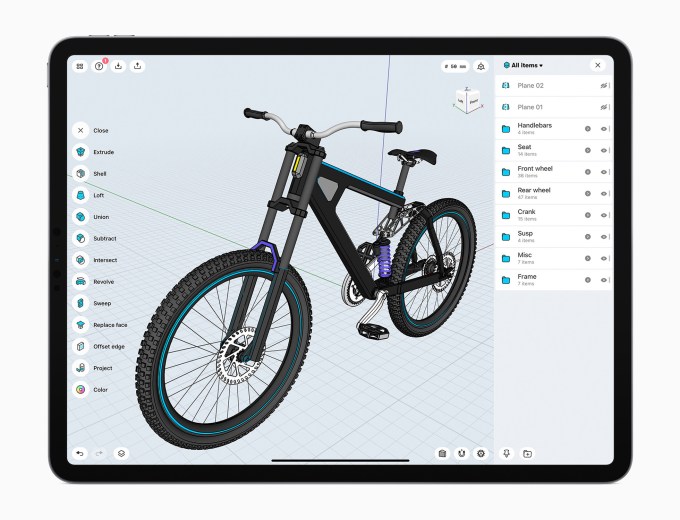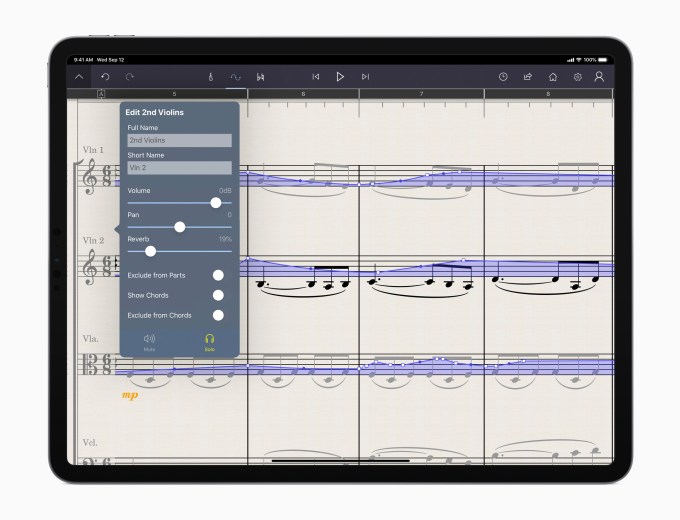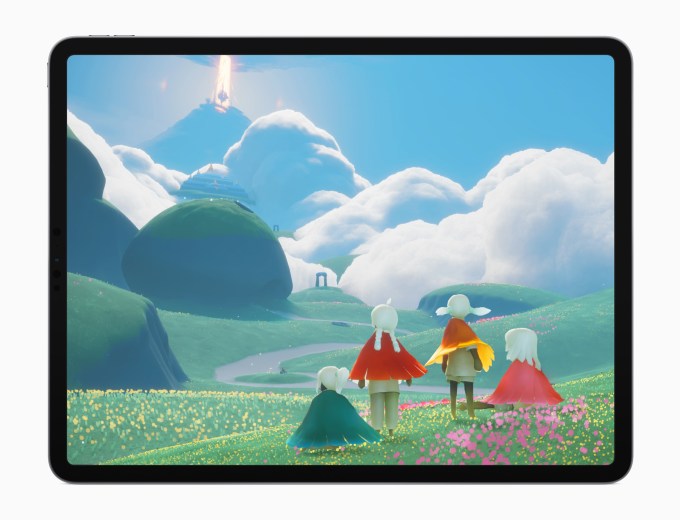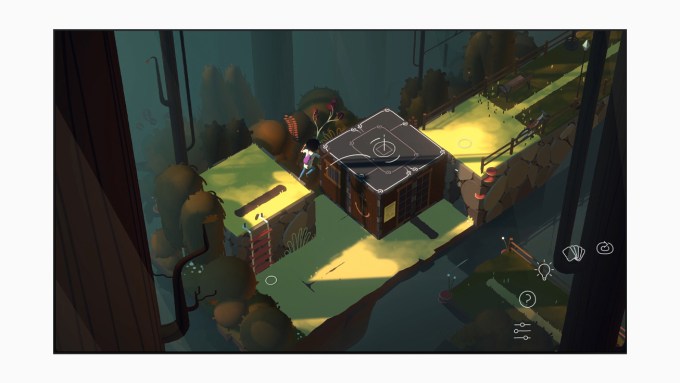One thing missing from last week’s virtual version of Apple’s annual Worldwide Developers Conference was its ceremony announcing its latest selection of Apple Design Award winners. Today, Apple announced the 2020 award winners, highlighting those it said brought “distinctive new ideas to life” while demonstrating a mastery of Apple technology.
The Design Awards serve as a signal to the development community as a whole what sort of apps and games Apple wants to see. For example, last year, the company celebrated apps that showcased the use of Apple Pencil, CoreML, Metal 2, and other Apple technologies.
This year, Apple has again focused on several apps designed for iPad, particularly photo editors and other design tools that showcase the iPad as a tool for creatives. Meanwhile, a couple of the game winners were selected for their use of spatial audio, in addition to their use of other technologies and their design choices. Not coincidentally, Apple at WWDC20 said it was updating its AirPods Pro with support for spatial audio.
The photo and video editor Darkroom from Bergen Co., which was described as being easy enough for casual and pros to use, was among this year’s app winners. It also leveraged Apple technologies like photo and camera APIs, Home Screen quick actions, contextual menus, and haptics.

Animation app Looom, developed by iorama.studio, won for its playful and creative interface, novel custom controls, and support for Apple technologies like Apple Pencil and Dark Mode.

CAD editor Shapr3D, from Shapr3D Zartkoruen Mukodo Reszvenytarsasag, runs on iPad and works with Apple Pencil to allow technical designers to create 3D models. The app uses ARKit and drag and drop, and is soon adding support for the LiDAR Scanner for generating 2D floor plans from 3D photos.

StaffPad, from StaffPad Ltd., turns handwritten musical notations into digital sheet music using Apple Pencil, drag and drop, and Core ML.

Sayonara Wild Hearts from developer Simogo and publisher Annapurna Interactive, had already been dubbed by Apple one of the best games of 2019 last year. The game won a Design Award for its vibrant landscapes, visuals, and motion, as well as its extensive use of Apple technologies including Metal, Game Center, spatial audio, and game controllers.

Sky: Children of the Light, from thatgamecompany, also made Apple’s “best of” list last year, and has returned to win the Design Award for multiplayer, social quest game featuring Apple technologies including a custom Metal engine, haptics, Game Center, and spatial audio.

“Song of Bloom,” from indie developer Philipp Stollenmayer, is a nonlinear puzzler with stories told in rapidly changing art styles. Apple selected this title, which runs on iPad, for its handcrafted gameplay and design.

“Where Cards Fall,” from developer The Game Band and publisher Snowman, is an adventure game where players build houses of cards to bring memories to life. The game uses Metal, haptics, Game Center, iCloud, and other technologies.

“Every year, app and game developers demonstrate exceptional craftsmanship and we’re honoring the best of the best,” said Ron Okamoto, Apple’s vice president of Worldwide Developer Relations, in an announcement. “Receiving an Apple Design Award is a special and laudable accomplishment. Past honorees have made some of the most noteworthy apps and games of all time. Through their vision, determination, and exacting standards, the winning developers inspire not only their peers in the Apple developer community, but all of us at Apple, too.”
from TechCrunch https://ift.tt/38mzNol
via IFTTT
Comments
Post a Comment